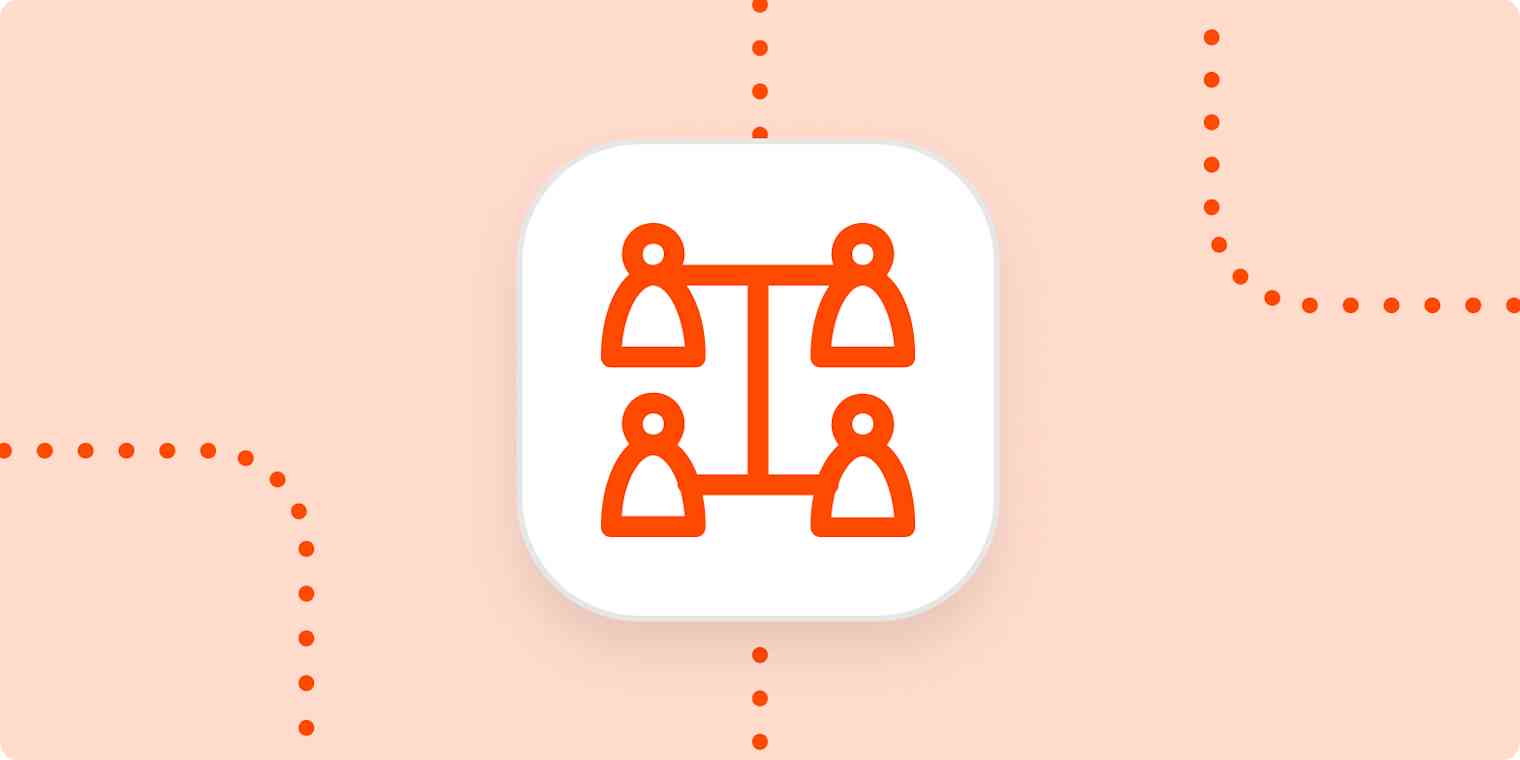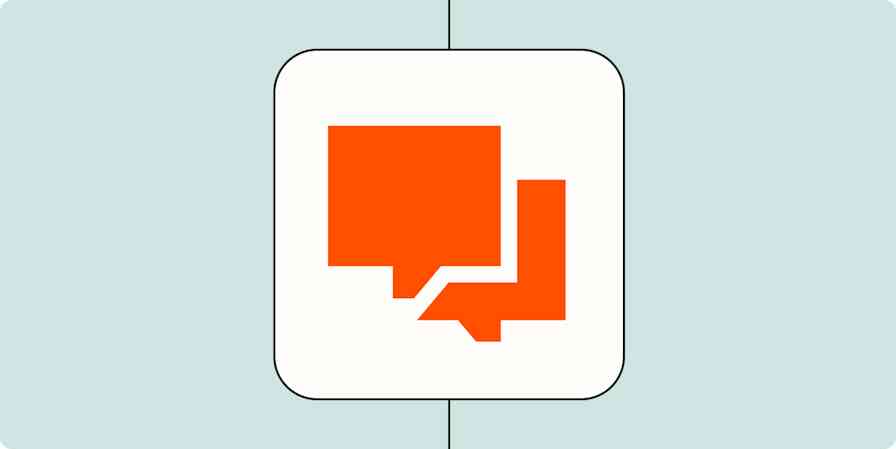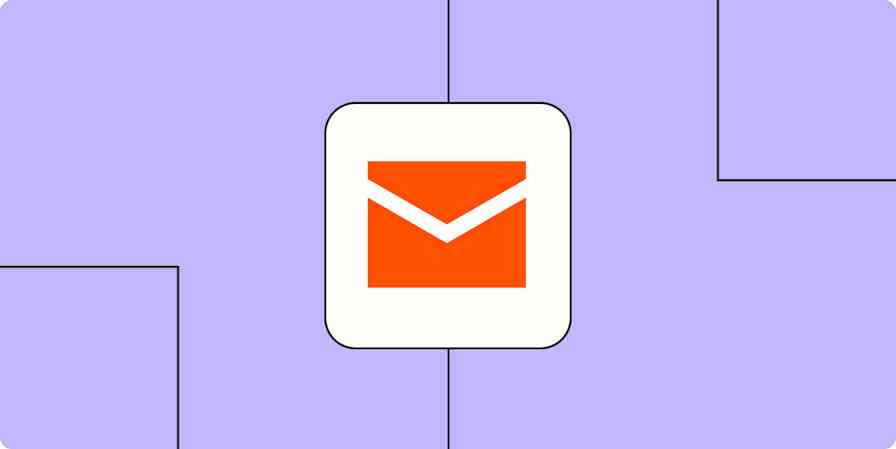Partnerships are one of the fastest ways to grow your business. At JustReachOut, we scaled from 0 to over 5,000 customers without raising any money. We didn't hire a marketing agency. We didn't even run ads.
Instead, we bootstrapped our business using partnerships. We weren't a big team, but we knew how to leverage partnerships to expand our reach and do more than most other teams our size. I'm excited to tell you how we did it and show you how you can use strategic partnerships to grow your business.
What do brand partnerships look like?
We started looking for partners after an epiphany: our potential customers were already spending time elsewhere.
A huge audience of possible JustReachOut users were paying attention to other brands, communities, publications, groups, and podcasts. It would take us years and millions of dollars to build that kind of audience ourselves. We didn't have years to grow, and we certainly didn't have millions of dollars. So instead, we decided to partner with those brands.
JustReachOut is a tool for doing PR—and our background and expertise is in PR—so we knew we had a lot to share with the right audience. All we needed to do was find partners that would be a good fit for both sides.
Here's where to start:
1. Create actionable content for people seeking it out
There's a lot of overlap between people interested in PR and people doing other kinds of marketing, especially search engine optimization (SEO). We knew that getting our product in front of the SEO community would generate a lot of interest. And since JustReachOut doesn't focus on SEO, that gave us the perfect opportunity to speak to SEO communities without competing with anyone else. All we needed to do was find the right community.
Enter Traffic Think Tank. TTT is a paid Slack group with thousands of SEO marketers, and one of the biggest names in the SEO world. Traffic Think Tank is always looking out for interesting, helpful, unique content for members. And our knowledge has a lot in common with the kinds of growth techniques TTT members use and know. It was a perfect match.
We partnered with TTT to do a webinar on PR called "4 Strategies to Acquire Customers through Influencers and Press." To make it as relevant as possible for this audience, I spent the intro showing how PR strategies connect with SEO. I explained why getting in front of other audiences is a smart response to some of the SEO trends I knew TTT members had been watching for years.
The rest of the webinar was packed with actionable strategies on how to get press. It wasn't an advertisement: it was a step-by-step walkthrough that provided lots of value.
And that's the secret when reaching out to communities that aren't directly tied to your product: you need to provide actionable strategies they can act on immediately. That's how you'll show your expertise and get people interested.
That webinar helped us build a strong relationship with the SEO community through what we taught. Plus, it genuinely got them interested in JustReachOut. At the end of the webinar, we offered 50% off our annual plans, available for the next three days. The partnership netted over 30 new annual customers within 24 hours of the event—just from this one webinar.
Take a look at the webinar to see how we structured it and how we presented the offer:
Working with TTT made sense because it benefited both of us. Featuring our PR expertise made the group even more useful and helped their members learn. And we got access to their audience—a group of serious marketers who were already willing to pay to improve their craft.
2. Find and partner with complementary brands
You probably know your competitors well. But how well do you know other brands with a similar audience as you, but that sell a different product?
These complementary brands are the perfect opportunity for a partnership.
For example, if you sell a digital product like software, you might find better success partnering with a brand that sells services, physical products, or even earns revenue from ads. In our case, we found Prezly, a CRM for PR professionals.
While Prezly and JustReachOut are both software tools, our app focuses on discovery, list-making, and the outreach itself. Meanwhile, Prezly helps PR people manage their contacts. The tools work well together, making it a perfect fit for a partnership. Customers using JustReachOut might need a place to track contacts, and Prezly users might want to discover more outreach opportunities.
Our partnership was similar to the one we had with TTT. I did a PR roundtable with the topic"How to pitch to anyone"—a subject that would catch the eye of any industry professional.
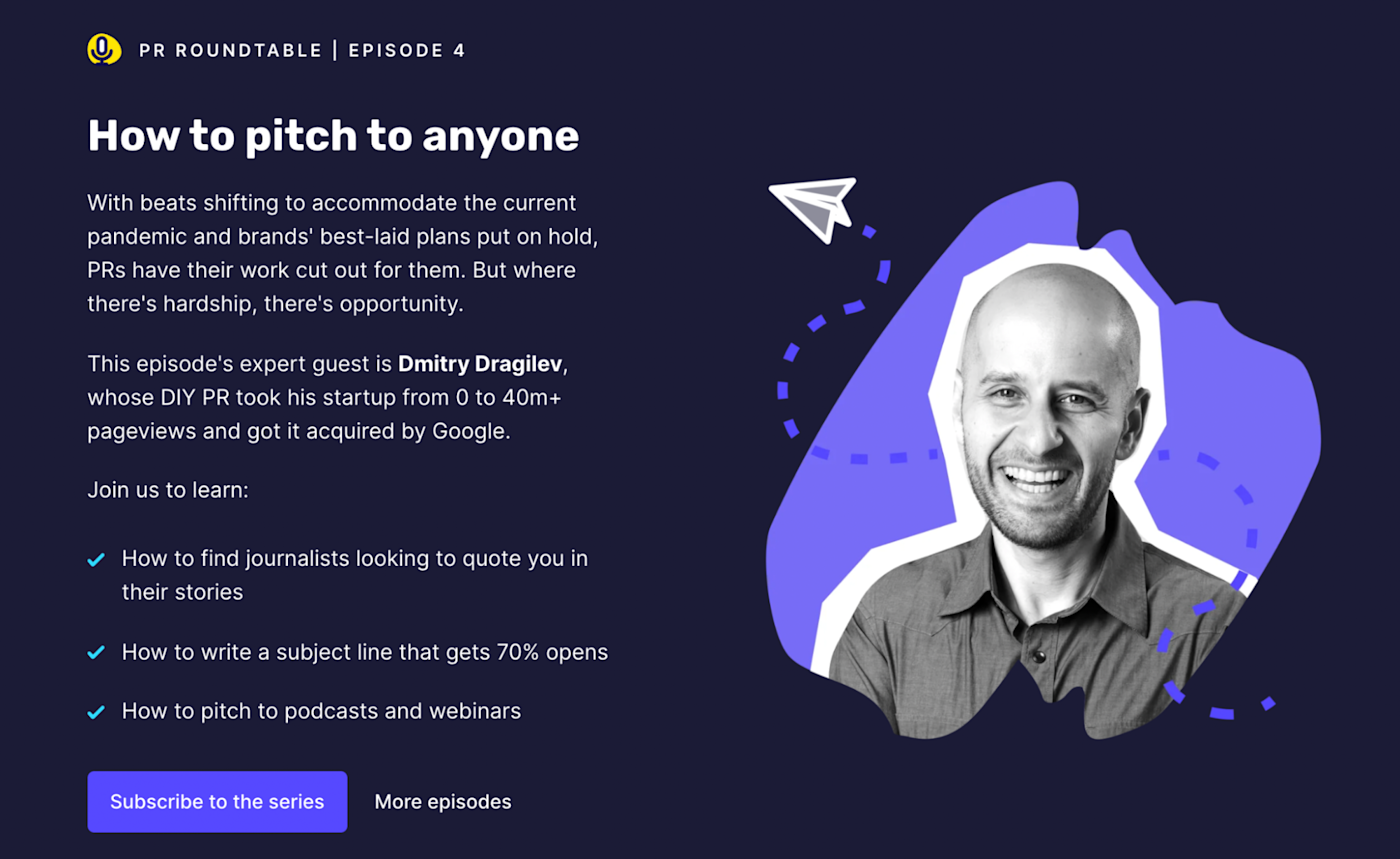
Since we were focused on finding contacts and doing the outreach, this was a great angle for our expertise. The strategies I shared work very well when you're using JustReachOut, but we weren't the only ones benefiting, of course. Prezly users got insight into new techniques they could use to improve their outreach and PR campaigns, even without our software.
The partnership paid off. It helped us build relationships with important leaders in the PR world as well as acquire new customers.
3. Create a special offer for customers of a well-known company
Up next is to find a well-known name in your space and offer a special deal for their members. Keep in mind: a "well-known company" doesn't need to be a household name—we're not talking Netflix—but it should be a brand your ideal customers recognize.
You'll want to create a special offer targeted to this brand's customers. While the most common type of offer is a discount, you can also include bonus content, special services, or more to sweeten the deal.
In our case, we realized that our audience had a lot of overlap with that of Silicon Valley Bank. Bank customers aren't looking for actionable content, and they're not a complementary service, per se. But Silicon Valley Bank (SVB) is one of the most popular banks for startups, and startups are some of our best customers. Our interests—and audiences—were aligned.
We approached SVB with a special offer for their customers: 20% off the first six months, plus some special add-ons exclusive to the deal. They were thrilled, and you'll still see that offer promoted on the SVB sales pages.
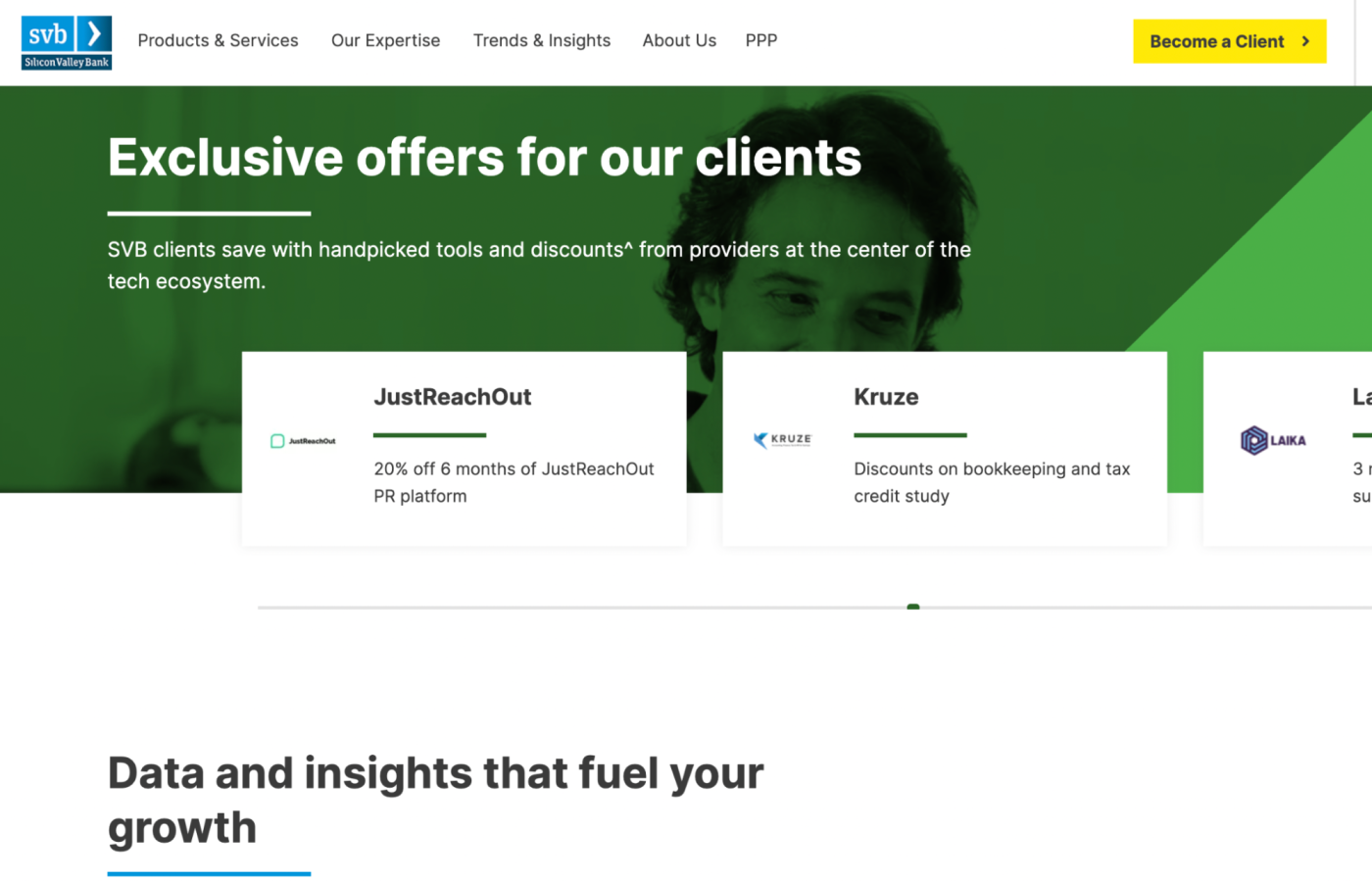
It's also a partnership we still promote on our website.
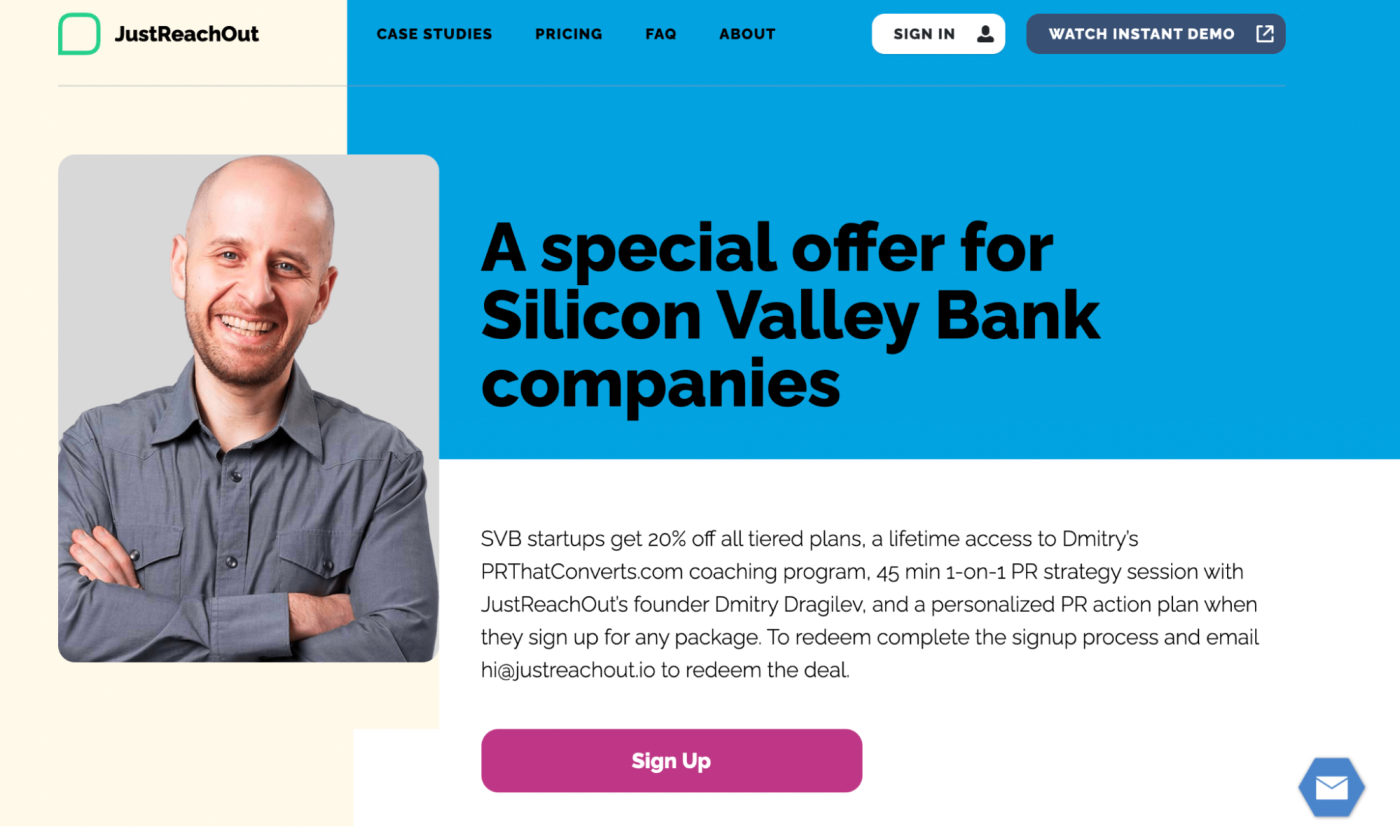
We made this offer a while back, and we still see around three or more new signups per week from SVB.
There's a big push right now to use micro-influencers and niches. And those small, super-targeted partnerships can work well. But you can also benefit from partnering with bigger organizations. SVB's customers aren't as tightly focused around PR as customers of Traffic Think Tank or Prezly. But because SVB has such a huge industry recognition and authority in the startup space, it converts users without any active work from us.
Bottom line: offering a tempting deal to a well-known company is definitely another partnership technique to add to your toolbox.
4. Step it up a notch by sponsoring a big name
If you're a consumer brand, it might make sense to go further by sponsoring a big-name event or even a sports team.
Live event sponsorship is gradually coming back after the initial scares of the COVID-19 pandemic. And there's a shift in the companies that are taking advantage of these larger sponsorships, with technology and B2B startups taking major positions.
If you decide to go this route, the challenge is to make sure that the team's audience is aligned with your product or service. Like our partnership with SVB, sponsoring a big name will never have the kind of narrow targeting you'll see with complementary brands. But prominent logo placement and a huge reach can still drive massive results, even if only a small percentage of the audience is ready to buy.
A great example of this technique in action is Aura, a somewhat new brand that's partnered with a major NBA team, the Minnesota Timberwolves.
The first benefit is the most obvious: the Timberwolves' audience now knows about Aura. The brand's logo on the team jerseys is something every fan sees in every game.
But there's another hidden benefit. Now Aura can now use the NBA team's name for PR. That helps make Aura's PR stand out and also helps it get press and publicity from new sources.
That partnership leads to direct revenue as well. The official NBA Timberwolves website displays a prominent "Protected by Aura" icon in the header, with a link straight to Aura's free trial signup page.
Sponsorships like this can be a big investment and often require long-term commitments. Don't approach this kind of partnership lightly, but if it makes sense financially, it can be a great way to reach an entirely new audience of consumers.
Grow faster than ever using partnerships
Partnerships broaden your audience more than you could by yourself. They help you create relationships with industry leaders and develop inroads with the community. No matter the size of your team or your budget, partnerships are a great way to grow your brand.
This was a guest post from Dmitry Dragilev, founder of TopicRanker.com, an SEO tool which finds keywords your website can easily rank for on Google due to specific problems and weaknesses in search results. Over the last 10 years, Dmitry has helped 300+ brands rank #1 on Google through PR and SEO. Dmitry used PR & SEO to grow a startup from 0 to 40 million views per month, and got acquired by Google in 2014. After the acquisition by Google he translated his know-how into JustReachOut.io, an SEO tool to get covered in press and build authority backlinks without PR firms; it has been used by 5000+ content marketers to date and was acquired in 2021. More about all his projects on his personal blog CriminallyProlific.com. Want to see your work on the Zapier blog? Check out our guidelines and get in touch.
